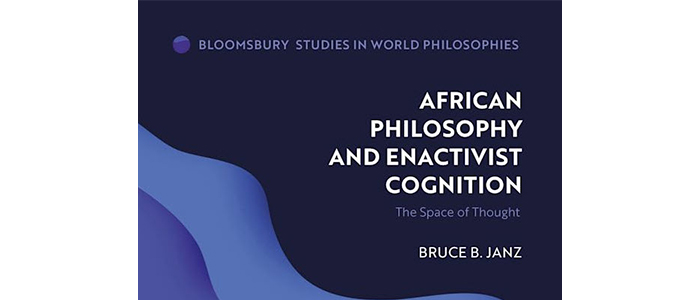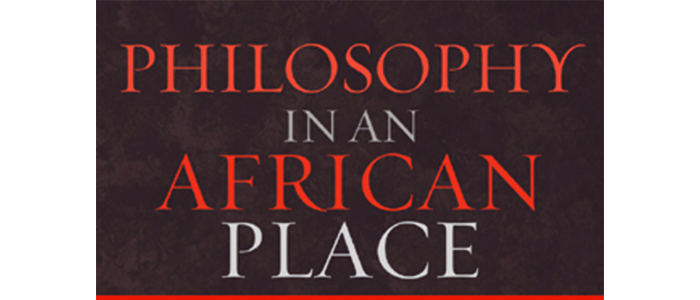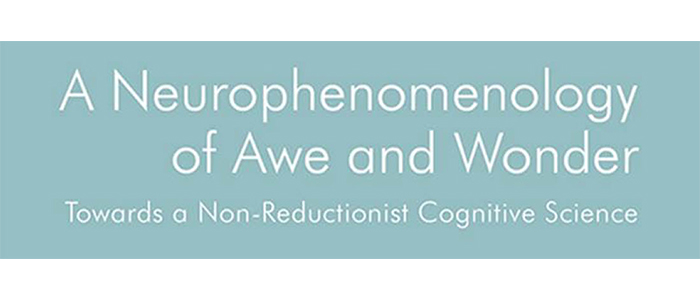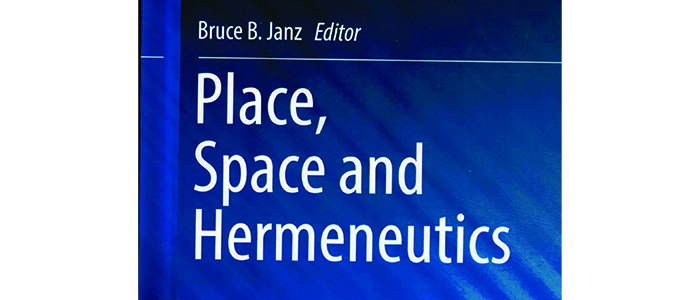This article (behind paywall, sorry) is about the history of politicians and administrators saying that their universities can’t be “all things to all people” (the 5-word phrase in the title). It tells the history of the use of that phrase, from the recent use by Alaska’s governor as he slashed 41% of the university’s budget in order to keep his extremist base happy and to fund the Alaska Permanent Fund (and of course, not raise taxes, although Alaska has neither income nor sales tax at a state level).
The article notes that “can’t be all things to all people” isn’t a reason, and is certainly not a plan. My sense is that it’s a carte blanche for whatever someone in power wants to do. It hides a real plan. One might reword the phrase as “picking winners and losers”, something which conservative governors claim they don’t do, but in fact do all the time.
Should public universities be all things to all people? If they want to remain public, sure. That’s usually part of their governing documents, mission statements, etc. But often the public perception of universities is split: they are job creators and economic engines (that’s good), and they also have lots of people doing pointless things (that’s bad). “Pointless” might mean “not practical” (and it’s worth wondering what that actually means); it might mean “socially undesirable” (that is, undermining something a citizen thinks is essential to society, and this usually involves questioning anything from conservative social morality to economic assumptions to religious convictions); it might mean “doesn’t directly and reliably lead to a job” (which means that the image of the university is that of a vocational school). So, why don’t we just get rid of the things we don’t like and keep the things we like? So goes the logic.
The thing that gets me about “all things to all people/picking winners and losers” is the arrogance of those who think they know so much that they can restructure the university for “greater efficiency”, “greater productivity”, etc. What’s especially arrogant is to think that this goal can be achieved by cutting funds, as if the problem was motivation and by taking away money people will rise to a new level of production, do more with less, and be leaner and meaner. Cutting funds is the least imaginative and least reliable way someone might try to achieve a goal of quality.
But of course, in the case of Alaska, it’s not about that at all. It’s about balancing a budget. And as is the case in many states, there are sacred cows, and higher education is not one of them. Bad economic reasoning (that is, an elementary, Ayn Randian level of understanding of markets and human action) is usually to blame. It is a kind of reasoning that cannot hold up to any scrutiny, either logical or historical, and so has to protect itself. All it has going for it is a kind of self-interest among a significant group of citizens, ones who vote and put people in power, who then have a strong self-interest in maintaining the illusions that this childish understanding of public life holds.
There is, though, a self-reinforcing cycle that leads to things like massive cuts in university funding (as well as other kinds of cuts). The illusion that this economic logic has legitimacy must be maintained. There cannot be cuts to the sacred cows, because that would be personal political suicide for those who want to maintain the economic illusion. So the soft targets are universities, schools, and social services. Their successes are harder to quantify on a quarterly basis (they aren’t like job numbers or GDP); they’re more likely to have critics of the economic illusion; they’re inefficient (because of the difficulty in operationalizing their successes), and so we can get rid of them. There will be complaints, but the important people will be happy and that’s what matters.
What should happen? Well, I don’t know what should happen in Alaska, other than (hopefully) a veto by the legislature (probably won’t happen). Much has been tried elsewhere. We have tried to educate the public and politicians about the economic contribution of the university, even in areas that don’t obviously lead directly to specific jobs (e.g., the humanities). We have tried to differentiate between the knowledge a culture has, as developed by universities, and job training, as supported by vocational schools. We’ve said that these are all needed, but that making universities into vocational schools loses something important. We’ve tried to operationalize the effects of university education, so that we can show how an economy is affected by the activities of the university and its graduates.
And so far, at least in some places, all this has fallen on deaf ears. There are overriding beliefs, rooted in a very deep place, that just ignores all this. 41% cuts can only come from a place of deep self-delusion on the part of politicians. But that doesn’t solve the problem of how to make the case for the value of universities, in a manner that can be heard by those invested in oligarchies or theocracies, or who have childish views about how the markets work. As with the political and social swing to the right that we’ve seen in many countries, including the US, it is getting harder to just put facts and reality out there and expect people to see the argument and believe it. That’s not happening. So, we need a different approach. I wish I knew what that was.





